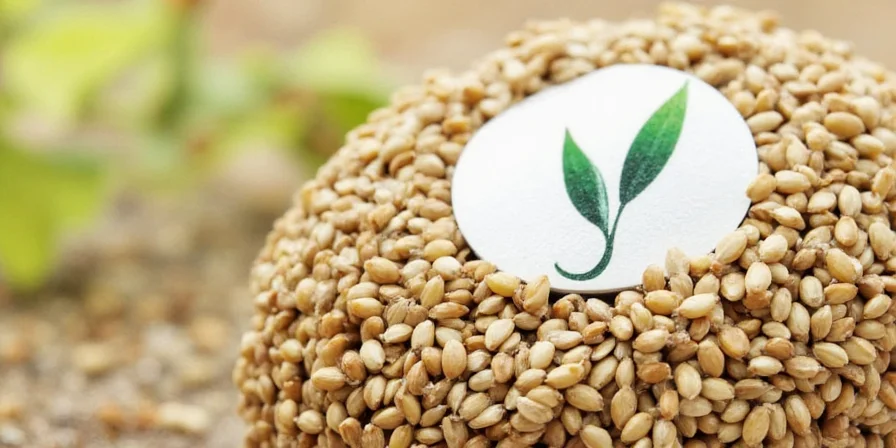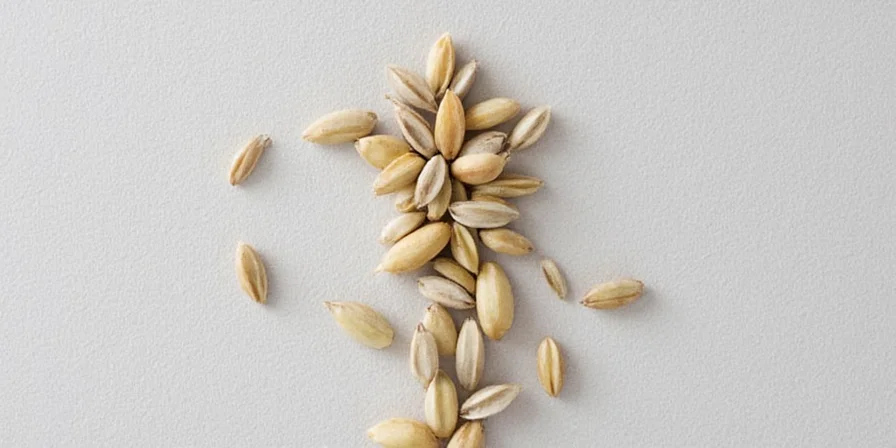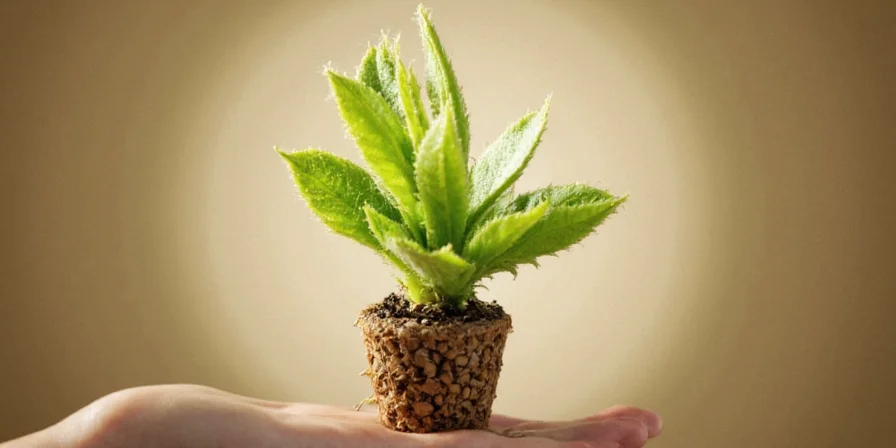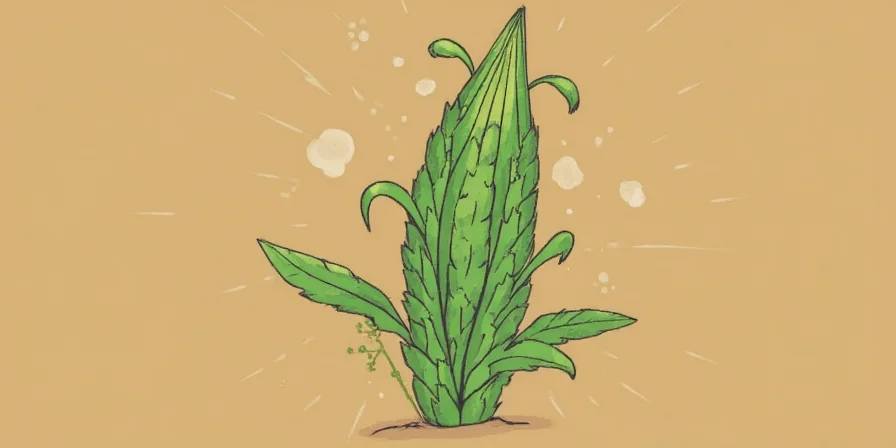Why Sesame Seeds Are Essential in Home Cooking (And How to Use Them Properly)
As a home cook, you've likely encountered sesame seeds on bread, in dressings, or as a garnish—but are you using them to their full potential? Unlike many spices, sesame delivers maximum flavor when properly toasted. Here's what most recipes don't tell you: raw sesame seeds contain linoleic acid that only transforms into rich, nutty aromas when heated to 325°F (163°C).
- Toast perfectly every time: Heat seeds in dry skillet over medium-low for 3-5 minutes until golden brown (not darker—burnt sesame turns bitter)
- Grind for sauces: Use toasted seeds for tahini (never raw—they'll make your sauce taste grassy)
- Storage hack: Freeze toasted seeds in portioned bags to maintain freshness for 6+ months

Sesame Seeds Nutrition Facts Home Cooks Actually Need
Forget generic nutrition labels—here's what matters for your cooking:
| Cooking Form | Best Uses | Flavor Profile | Shelf Life |
|---|---|---|---|
| Toasted white seeds | Stir-fries, salads, bread toppings | Nutty, mild | 3 months refrigerated |
| Raw white seeds | Baking (unexposed to heat), fillings | Bland, grassy | 6 months refrigerated |
| Black sesame seeds | Asian desserts, dark sauces | Earthy, intense | 2 months refrigerated |

Sesame Seed Storage Mistakes That Ruin Flavor (And How to Fix Them)
Most home cooks don't realize sesame's high oil content (50%) makes it prone to rancidity. Here's the science-backed storage method:
- Never store at room temperature—oxidation begins within 2 weeks
- Refrigerate in airtight containers with oxygen absorbers (extends freshness 4x)
- Freeze for long-term storage: Portion into 2-tablespoon bags (perfect for single recipes)
- Test for freshness: Fresh seeds snap when bent; stale ones bend limply

Most Searched Sesame Questions Answered Immediately
How do I fix bitter tahini?
Bitter tahini comes from burnt or rancid seeds. Solution: Blend 2 tbsp fresh lemon juice per 1/4 cup tahini until emulsified. The acid neutralizes bitter compounds. Always use seeds toasted to golden (not brown) for smooth tahini.
Why won't my sesame dressing emulsify?
Sesame oil's high smoke point (410°F) makes it difficult to emulsify. Professional trick: Whisk 1 tsp honey into 1/4 cup tahini first, then slowly drizzle in oil while whisking vigorously. The honey's viscosity creates a stable emulsion.
Can I substitute sesame oil for tahini?
No—sesame oil is 100% fat while tahini contains 50% protein and fiber. For dressings, use 3 parts oil + 1 part Greek yogurt. For baking, replace tahini with 75% nut butter + 25% neutral oil. True tahini's unique texture can't be fully replicated.
Can Home Gardeners Actually Grow Sesame? (Surprising Truth)
While sesame thrives in commercial farms, home gardeners face challenges most guides ignore:
- Pod shattering: 80% of home-grown sesame is lost to pods bursting before harvest
- Solution: Wrap developing pods in breathable fabric bags 2 weeks before maturity
- Climate requirements: Needs 120+ frost-free days with consistent 85°F+ temperatures
- Container growing: Use 12" pots with bottom heat mats to maintain soil temperature

The Real Reason Sesame Was Called "Open Sesame" (Historical Context)
Ancient Middle Eastern cultures used sesame's natural pod-splitting mechanism as a metaphor for unlocking hidden knowledge. The phrase referenced how ripe sesame pods literally burst open with a snap—a phenomenon documented in 2000 BCE Sumerian tablets. This biological trait made sesame the world's first 'self-harvesting' crop, crucial for nomadic societies.

Why Sesame Matters for Climate-Resilient Home Cooking
With droughts affecting 40% of US cropland, sesame's water efficiency (using 60% less than soybeans) makes it a strategic pantry staple. Home cooks can support sustainable agriculture by:
- Choosing black sesame (requires 30% less water to grow)
- Using whole seeds instead of oil (reduces processing waste)
- Supporting regenerative farms that rotate sesame with legumes
Implement These Sesame Hacks Today
Stop wasting money on rancid seeds or bitter tahini. Immediately apply these evidence-based techniques: toast to 325°F, store frozen in portions, and fix broken emulsions with lemon juice. Whether you're making sushi, dressings, or baked goods, proper sesame handling transforms ordinary dishes into restaurant-quality creations. The ancient "oil that never spoils" deserves your respect—treat it right and it will elevate every meal.












 浙公网安备
33010002000092号
浙公网安备
33010002000092号 浙B2-20120091-4
浙B2-20120091-4